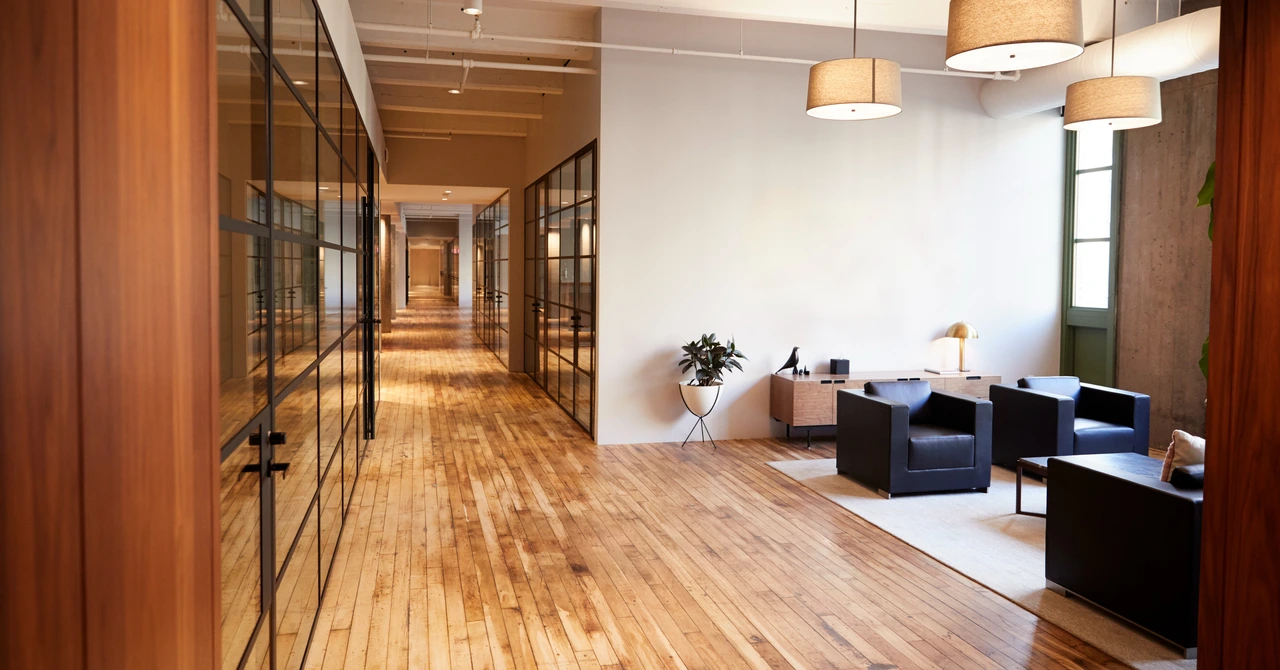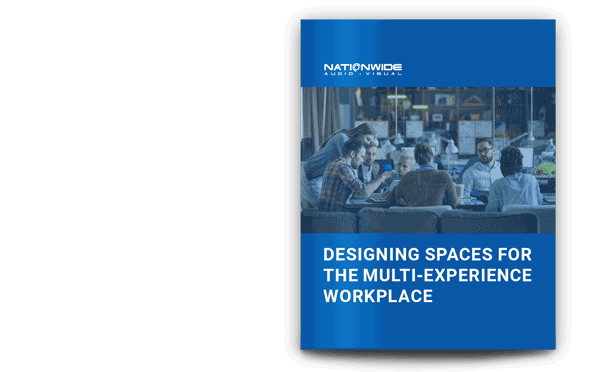5 Trends Changing the Workplace
The workplace is heading full speed ahead into the future with technology impacting nearly every aspect of work. With 39% of employees feeling anxious about work and its environment, some trends are aimed at helping that as well as solving day-to-day challenges. Here are five important trends impacting the modern workplace.
1. Taking Care of the Whole Employee
As employees prioritize their health and well-being, organizations are trying to support them. It’s in a company’s best interest for employees to have healthy bodies, minds, relationships, and social lives, as well as work experiences. Employee well-being is no longer an afterthought, but a growing part of employee benefit packages and everyday work life.
One word of caution is to be careful how you handle employee data and privacy. Workers won’t want to use a smartwatch from their company if that means the employer can access their location data, personal health information, or other data that could be used to discriminate or put their jobs at risk.
2. Getting Back to Teamwork
After years of managing a dispersed workforce, organizations are looking for ways to enhance hybrid collaboration and bring back in-person meetings–to an extent. While hybrid work is effective for employee satisfaction and productivity, some employees miss socializing in the office. And employers worry that teamwork and company culture suffers when workers rarely see each other.
Organizations are getting more innovative with how they encourage and support collaboration, camaraderie, and teamwork even among hybrid teams. Some will urge or entice workers to come to the office for team activities, while others will look for ways to use technology to help remote teams feel more connected. Employers are trying technologies like team-building platforms and virtual reality for group games and exercises. Companies will also increasingly use collaboration tools for more than just meetings. They may try to encourage socializing by recreating random encounters digitally. For example, a roulette wheel of video meetings can be akin to bumping into a colleague in the breakroom. Even simple changes like sending weekly videos instead of email newsletters can help workers seem more human to each other.
3. Being More Flexible in More Ways
Workplace flexibility usually means employees get to have a say in where they work, but some employers are extending that flexibility to hours and benefits, as well as leave and time-off options. Some employers are even becoming more flexible with who they hire, tossing outdated requirements and expectations out the window.
Since the workplace environment is changing, many managers and executives are adopting a more flexible mindset. Giving employees options in other areas–such as the tech they use–can make work productive and enjoyable. Adopting work apps is a simple way to offer flexibility because they give employees easy access to tools for work documents, employee engagement, communication, and HR needs.
4. Embracing Purpose
Employees want their work to serve a purpose, with 56% of employees saying the pandemic prompted them to want to give more to society. And employees want their employers to also have a purpose beyond just making a profit, as 74% of workers have said organizations should take a stand on societal issues even if they aren’t related to the business.
More organizations are sharing what they’re doing for the greater good internally as well as on social networks. This focus on purpose gives employees the opportunity to take pride in where they work as well as in the results of their work.
5. Employing Artificial Intelligence
It seems like AI tools are the talk of the internet right now. In some organizations, these technologies already play a role in hiring, professional development, customer service, and more. AI will certainly play a larger role in working for and alongside employees.
“Phygital”–a blending of physical and digital–experiences are becoming commonplace for consumers, but look for this trend to also impact employees. AI will be used to provide employee feedback, customize professional development, detect employee sentiment and burnout, uncover talent for other roles within an organization, and more.
How Nationwide AV Can Help
These trends may sound like a lot to accommodate, but an experienced partner can make it easy. If you want to learn more about modernizing your workplace, talk to a collaboration technology expert at Nationwide Audio Visual.



